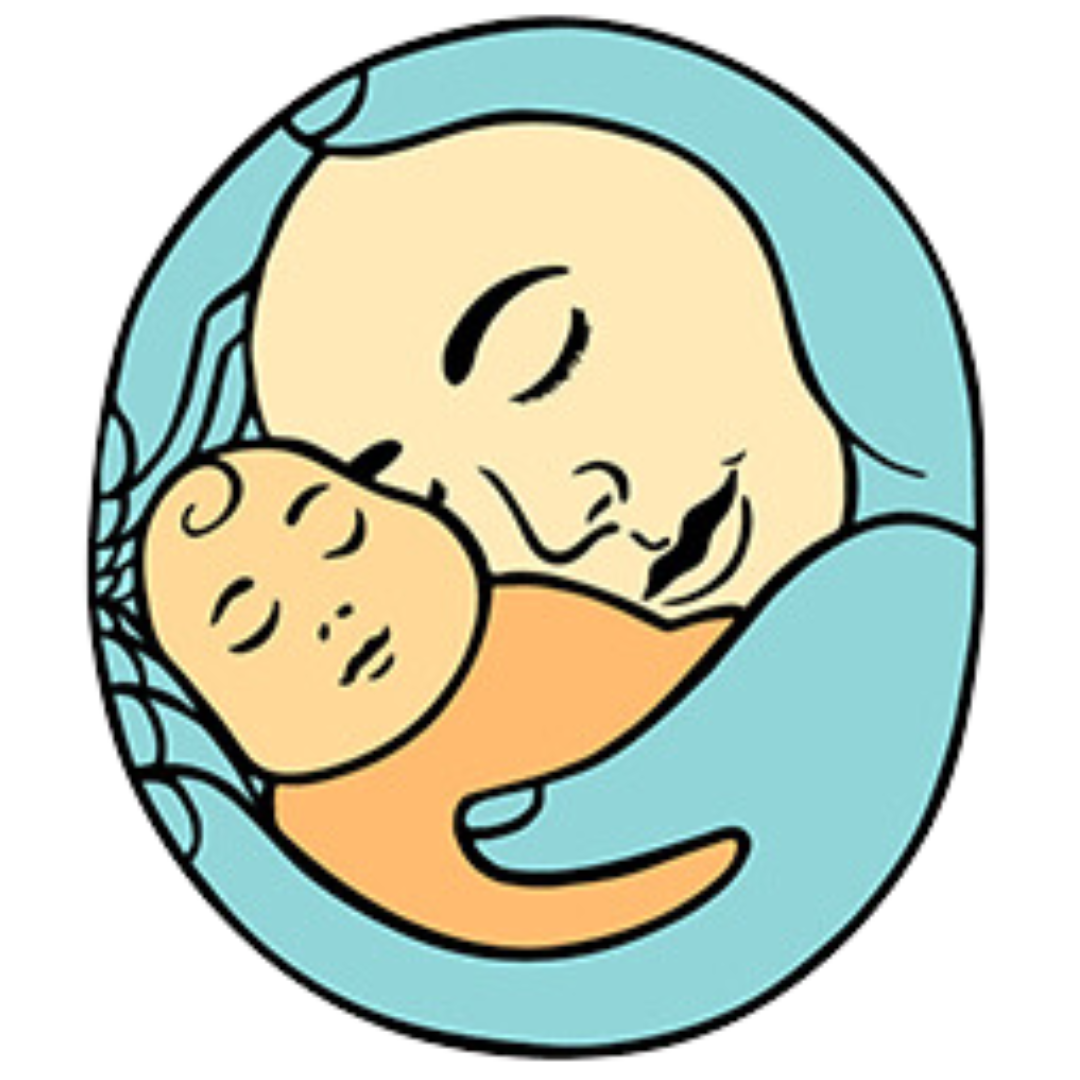What Role Does Support Play in Breastfeeding Challenges
Breastfeeding often looks simple from the outside. But for many new parents, it brings pain, stress, and big changes. Wrist pain, breast swelling, and daily discomfort can make even small tasks feel hard.
These problems can appear together and affect how parents feed, hold, or care for their baby. While support is more available now, many still feel unsure or alone during recovery. The first year can feel long when healing takes time and rest is hard.
Sharon Funk, a first-time mother, shares what that journey looks like. Her daughter is now 17 months old, but the early months brought real struggles. She faced tongue tie, pain from pumping, swelling, and sore wrists. Some days felt heavy.
Others brought small wins. Sharon tried different feeding positions, asked for help, and slowly learned what worked for her. Her story shows how real support, patience, and listening to your body can help you through the hardest days.
In this article, you'll learn how breastfeeding challenges affect the body and everyday life. We'll look at why wrist and breast pain often happen together. You'll find helpful tips for easing pain, asking for support, and finding simple ways to make feeding and healing more manageable.
Breastfeeding Challenges with Wrist and Breast Pain
Some people feel pain in both their wrists and breasts during the early months after giving birth. This often happens due to swelling and extra strain on the body. The pain may feel sharp or deep, especially during small tasks like buttoning clothes or lifting a baby.
Image Credits: Photo by Kindel Media on Pexels
Wrist Pain and What Can Cause It
Post-birth wrist pain often comes from overuse. Holding and feeding a baby for long hours can stress the tendons. Sometimes, there might even be a small tear in the tendon.
This tear can feel like a sharp object stuck inside the arm. Movements like bending the wrist or gripping can make the pain worse.
Breast Pain and Swelling
Clogged milk ducts usually cause breast pain. However, the root issue is often swelling from extra fluid called lymph. When lymph builds up, it presses on the milk ducts. This makes it harder for milk to flow. The pain may increase during weather changes or with stress.
How the Two Are Connected
Wrist and breast pain often flare up at the same time. That's because swelling in one area can affect nearby parts. When wrist movement is limited, other muscles try to help, which can cause tight spots or lumps in the arm or chest.
Relief Strategies for Breastfeeding Challenges
You can try a few things to ease the pain:
Use cold packs and gentle anti-inflammatory meds
Try side-lying or laid-back feeding positions
Avoid tight clothing or anything with snaps
Use zip-up baby clothes
Look into lymphatic massage or FSM therapy
Treating both issues together often gives better results. Focus on rest, gentle care, and the right support for your body.
How Breastfeeding Challenges Limit Daily Tasks
Wrist pain can make simple daily tasks harder, especially when caring for a baby. Even small actions, like twisting a doorknob or brushing hair, may cause sharp pain.
Some moves are fine, while others catch you off guard. Over time, the pain lessens, but some motions still trigger discomfort.
Image Credits: : Photo by Wren Meinberg on Unsplash
Day-to-Day Recovery from Breastfeeding Challenges
The pain isn't constant anymore. It usually comes during wrist twists or unplanned movements. Some examples include:
Closing the car door with fingers
Lifting light things like a pillow
Opening jars or turning handles
Occupational therapy helps track progress and improve function. It involves grip tests, fine motor tasks, and tools that make daily work easier. With time, strength and control improve bit by bit.
Breastfeeding Isn't Just Feeding
Some doctors link inflammation to breastfeeding hormones. A few even suggest stopping. But breastfeeding often does more than provide milk. It helps soothe, bond, and calm the baby. Night feeds make it easier to settle the child back to sleep.
Stopping breastfeeding without a clear reason may cause more stress. Many parents choose to continue, especially when other milk options don't meet the baby's needs.
Using Breastfeeding Challenges to Monitor Health
Uneven milk flow from one side can show that something isn't right. For example, if one breast stays full or feels rubbery after a feed, it may signal tightness in nearby muscles.
When that clears, milk flow often evens out again. In that way, breastfeeding becomes a way to track healing. Small changes in the body offer clues. Paying attention to those can help guide recovery, both in the wrist and the breast.
How Breastfeeding Challenges Change Parenting Roles
When wrist pain affects your day, even simple parenting tasks become difficult. You may need help with feeding, lifting, or even opening containers. These limits change how you care for your child and move through the day.
Image Credits: Photo by Helena Lopes on Pexels
Finding Everyday Workarounds
Without full use of both hands, regular tasks shift. Parents may need help with:
Putting the baby in or out of a car seat
Picking up the baby from the floor
Opening baby gates or jars
Buckling carriers or changing diapers
A floor bed or a side-lying nursing position can ease arm pressure. Some parents ask others to help with carriers or buckles. Playdates or visits to friends can offer help and social time when paid care isn't an option.
Seeking Help During Breastfeeding Challenges
It can feel hard to ask for help all the time. But support matters. Friends who offer before you ask can make a big difference. People may think you're healed if you stop wearing a wrist brace. Sharing small updates helps them understand you still need support.
Even asking simple things like "Can you open this?" may feel too much. But using your energy wisely can help you stay more independent later in the day.
The Baby Learns Too
Children start to pick up on routines and changes. They often:
Try to help by bringing socks or slippers
Cooperate more with diaper changes
Offer toys or carry small bags
Learn empathy by watching and responding
These moments build connections. They show how much your child understands and wants to help. With support, patience, and a few changes, it's possible to care for your child even during recovery.
Support and Confidence During Breastfeeding Challenges
Feeding a toddler can feel stressful, especially when their daily eating habits change. Some days, they eat everything. Other days, almost nothing. That's okay. What matters is how they eat across the week, not each meal. Like adults, toddlers don't always eat the same way each day.
Image Credits: Photo by Wendy Wei on Pexels
Toddlers and Control Over Food
You can't force a toddler to eat. They choose what goes into their body. Trying to control that usually leads to power struggles. Instead, offer food, show excitement, and let them decide how much to eat.
How Support Eases Breastfeeding Challenges
Getting the right help can make feeding and recovery easier. Many parents feel more supported by independent lactation consultants. Here's why:
Updated methods: They often suggest cold packs and anti-inflammatory medicine instead of warm compresses.
Better explanations: They explain how some common tips may cause more swelling or pain.
More respect for your choices: They listen and support your feeding goals without pressure.
Stronger emotional support: They take time to understand your needs and carefully guide you.
Having people who understand and check in helps you feel more in control, even on hard days.
Trusting Your Path
Every parent does things differently. What works for one may not work for another. That's normal. It helps to hear honest stories, not to scare you, but to prepare you.
Watch for Patterns, Not Just Moments
Sometimes pain, supply issues, or swelling connect, even if it's not clear initially. By watching what changes and when, you learn what helps and what doesn't. That awareness builds confidence and helps you make better choices moving forward.
Conclusion
Breastfeeding challenges often affect more than just feeding. Wrist pain, breast swelling, and everyday limits can build up fast. These issues may not seem big initially, but they add stress and make simple tasks harder.
That said, small steps can help ease the load. Cold packs, better feeding positions, and outside support can bring real relief. Moreover, trusting your own pace and choices makes a big difference. Not every fix works for everyone.
What helps one parent may not work for another. That's okay. The key is to watch your body, stay patient, and ask for help when needed. Even small shifts in routine can bring steady progress.
You don't need to fix everything at once. Listen to your body, take breaks, and let others help. With time, the pain eases and confidence builds again. Most importantly, remember that feeding, healing, and parenting often change daily.
Breastfeeding challenges may slow things down, but they also show your strength. Keep going with care, support, and trust in your path.
FAQs
Can breastfeeding challenges affect sleep quality?
Yes, ongoing pain and stress from feeding can disrupt sleep. Rest often improves when symptoms ease and support increases.
Do breastfeeding challenges ever lead to early weaning?
Yes, some parents stop early due to pain or lack of help. Timely support can make it easier to continue.
Can breastfeeding challenges cause emotional stress or anxiety?
Yes, constant pain and worry about feeding can feel overwhelming. Talking to someone helps ease this burden.
Do breastfeeding challenges affect milk supply?
Yes, stress and poor drainage can lower the supply. Gentle care and consistent feeding can help improve flow.
Do breastfeeding challenges fade on their own?
Some improve with time, but others need care. Early support can speed up healing and ease stress.




